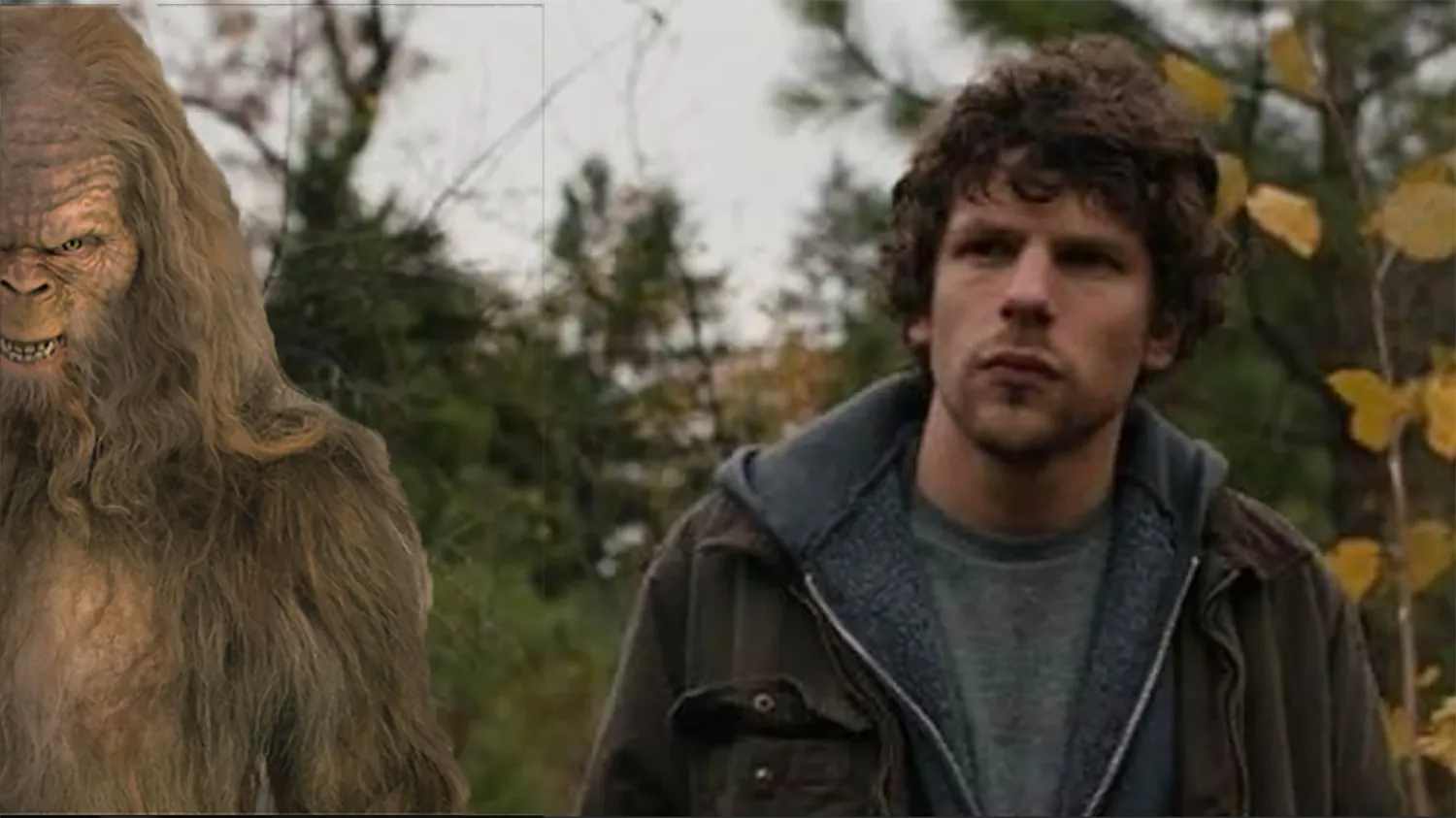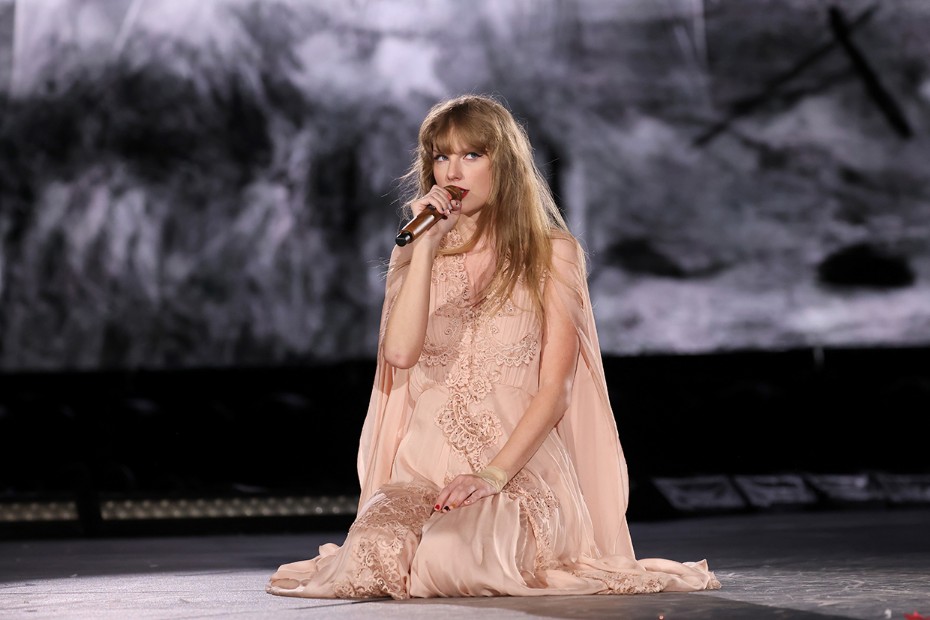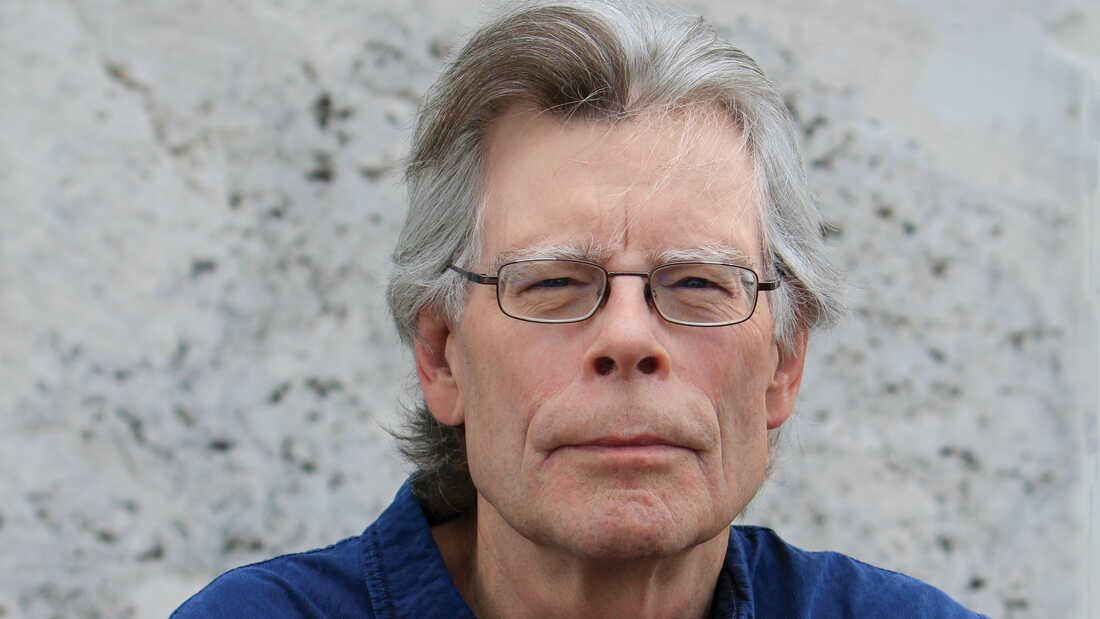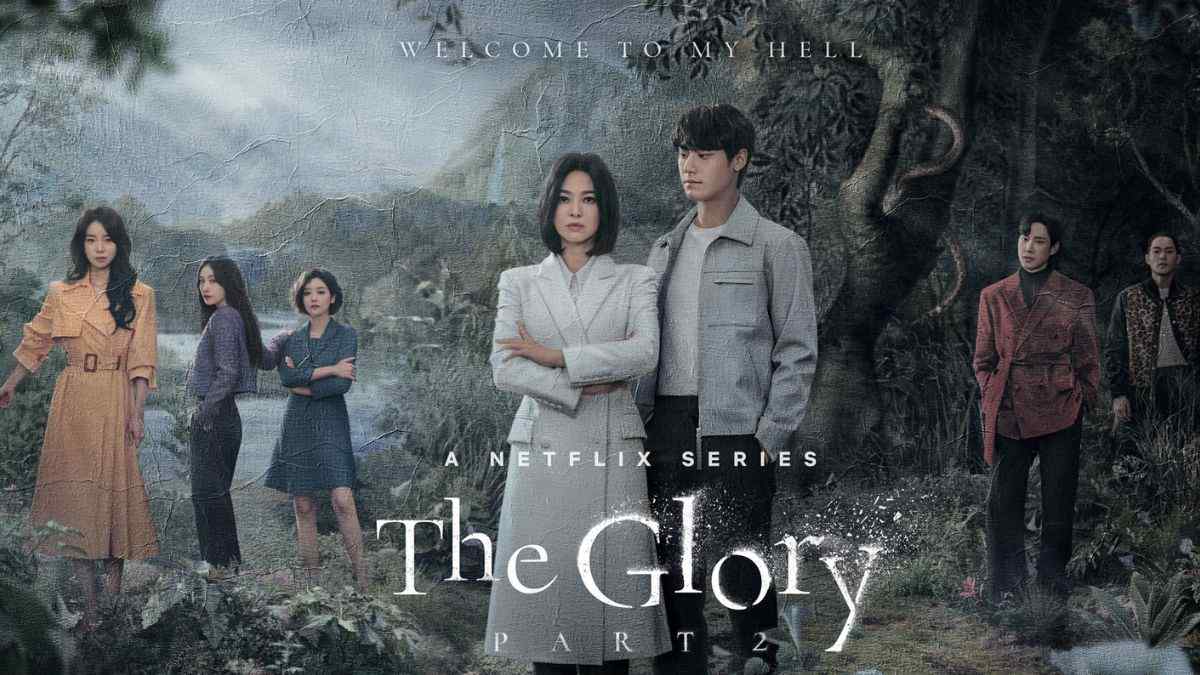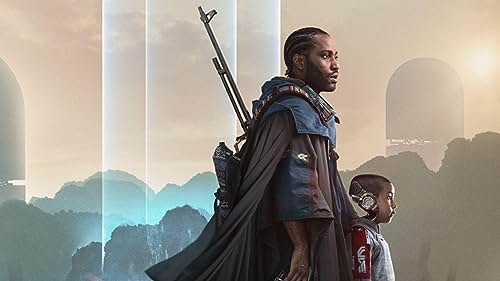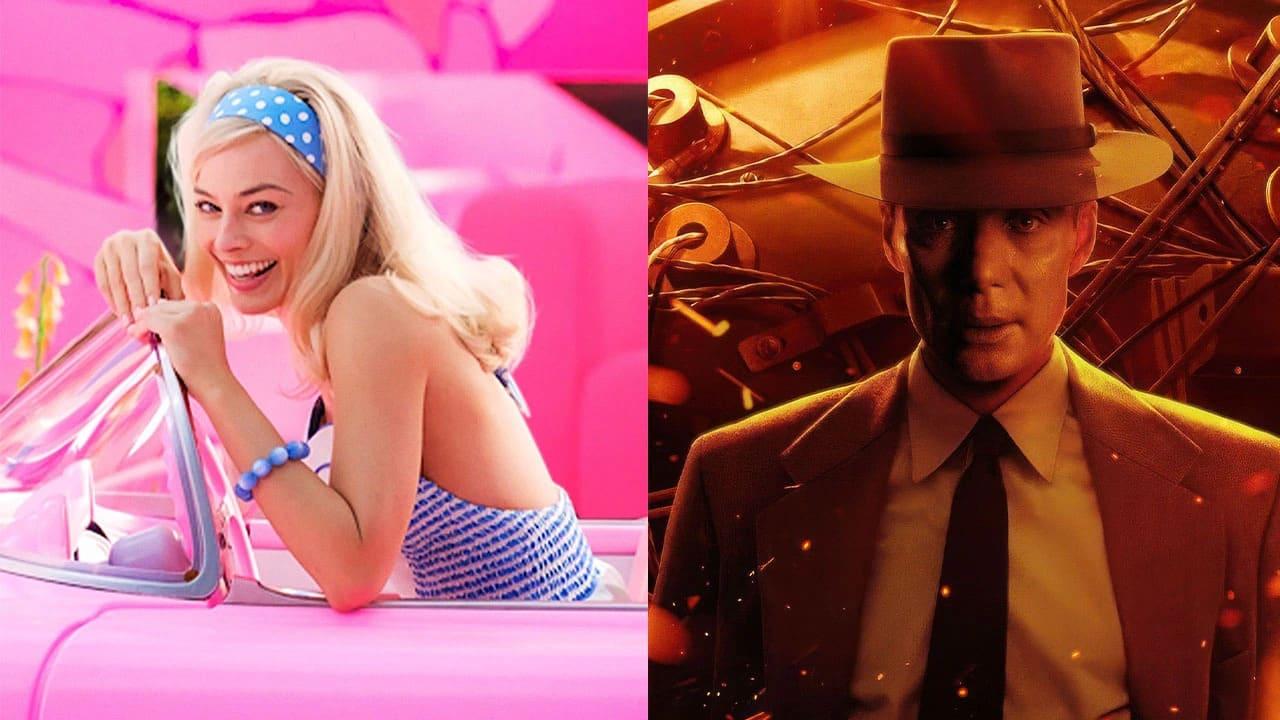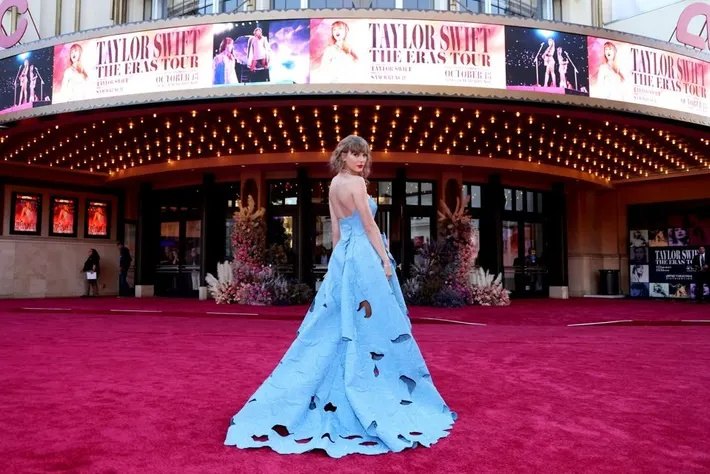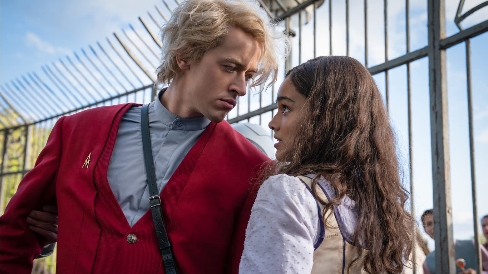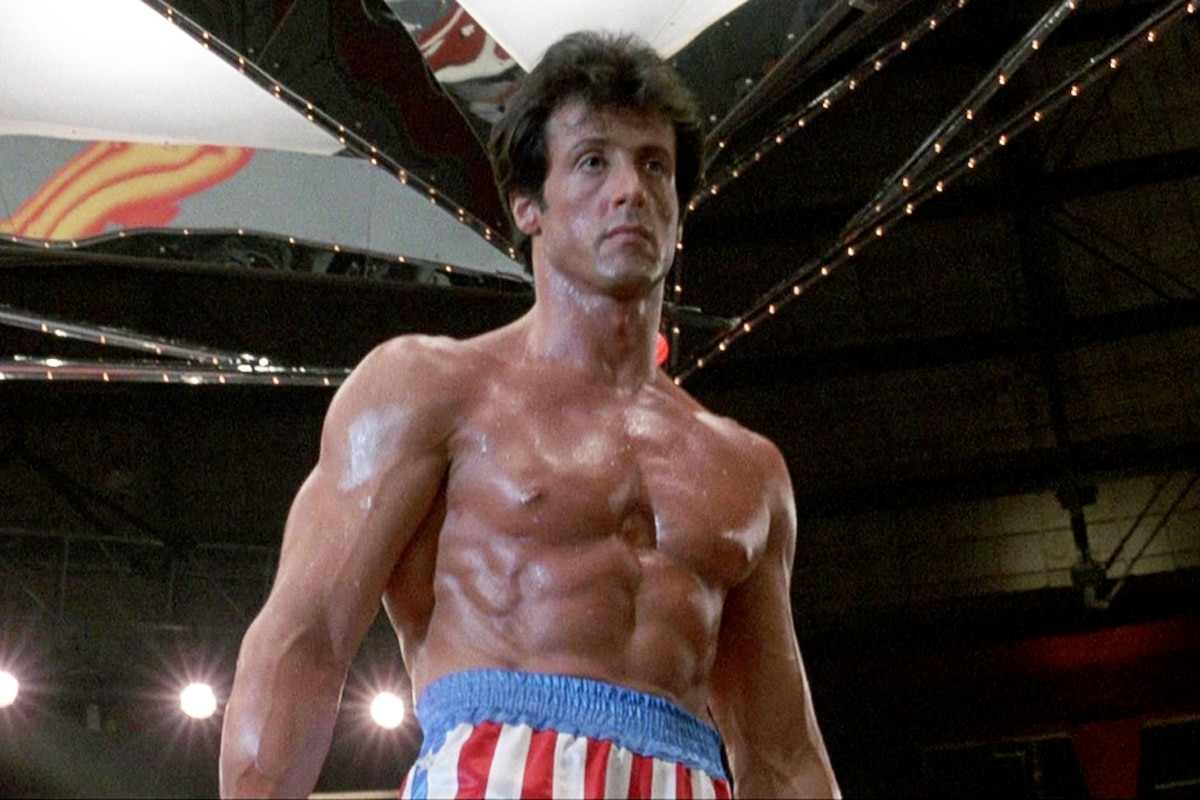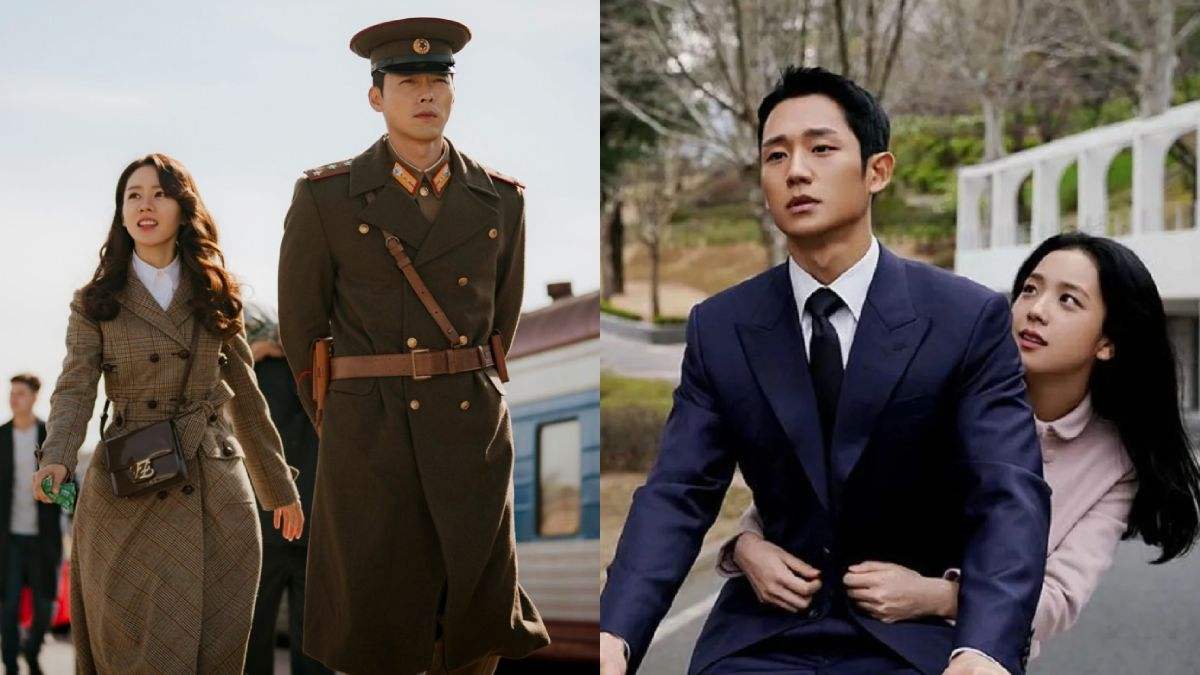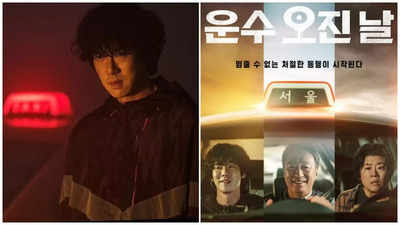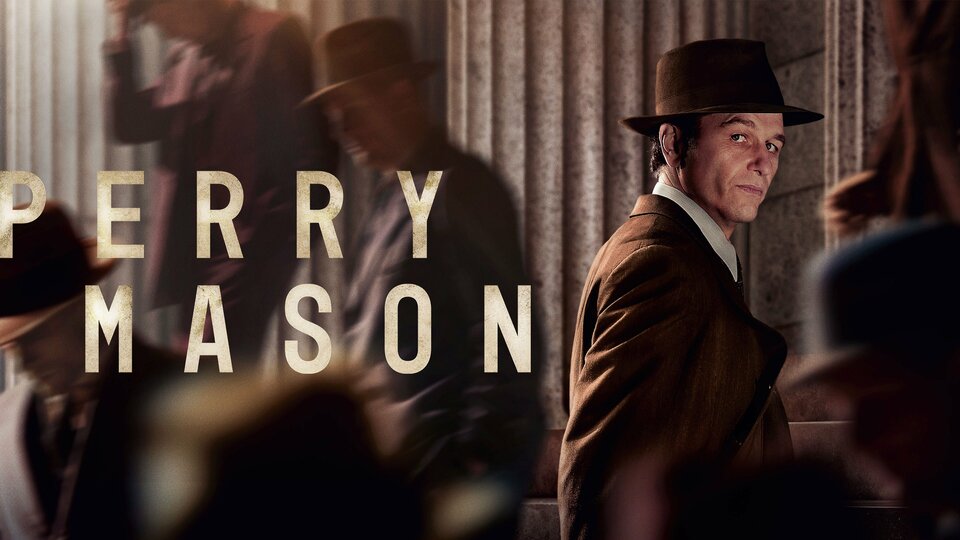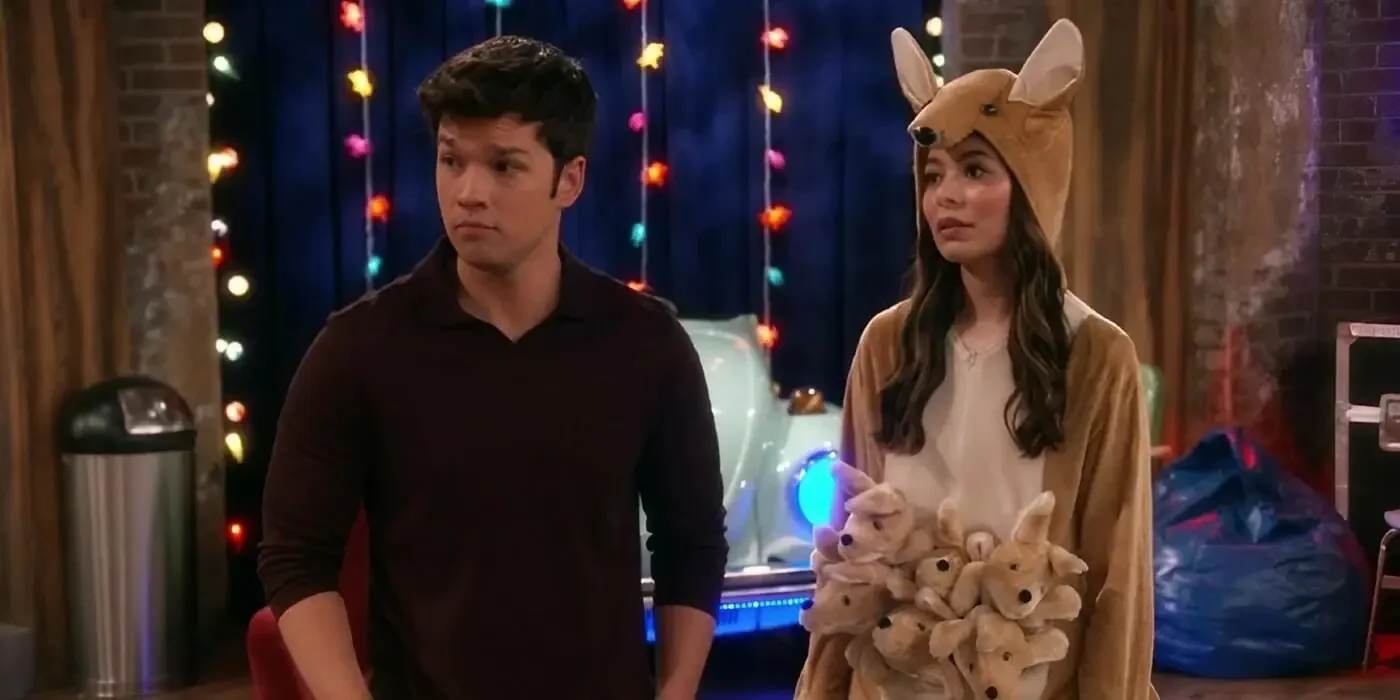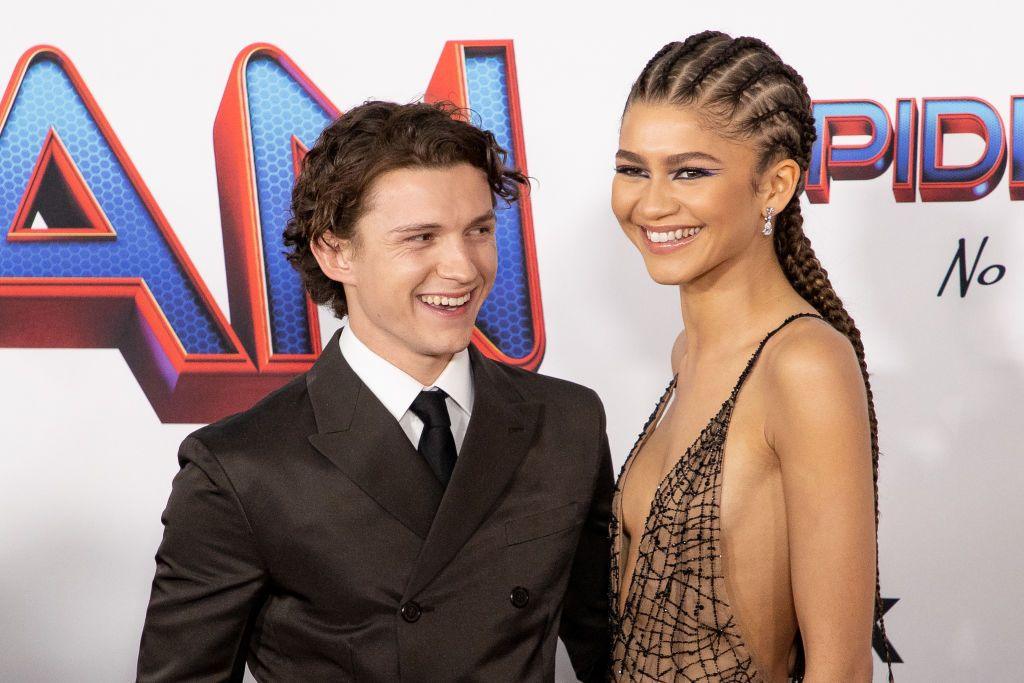‘Sasquatch Sunset’ Review: Riley Keough and Jesse Eisenberg Play Bigfoots in Zellner Brothers’ Film
Step into the realm where imagination meets reality as David and Nathan Zellner invite you to experience the extraordinary world of “Sasquatch Sunset.” This unconventional cinematic journey, featuring the wild side of Riley Keough and Jesse Eisenberg, unfolds as a poignant and occasionally challenging exploration of a mythical humanoid existence.
Embracing Bigfoot Fascination
Known for their offbeat films, the Zellner brothers have nurtured a lifelong fascination with the legendary Bigfoot. The iconic 1967 footage of a purported Bigfoot creature along the banks of Bluff Creek in Northern California has held a legendary status for them. Building upon their 2011 short film, “Sasquatch Birth Journal No. 2,” the Zellners take a monumental leap at the 2024 Sundance Film Festival, immersing viewers in the imagined life of a mythic humanoid.
Curiosities Explored
“Sasquatch Sunset” embarks on an exploration of the unknown, unraveling the mysteries that shroud the life of a Sasquatch family. Questions about identity, relationships, communication, and survival serve as the narrative’s foundation. Portrayed by Riley Keough, Jesse Eisenberg, Christophe Zajac-Denek, and Nathan Zellner, the quartet of Bigfoot characters undergoes a transformative process through Steve Newburn’s impressive “creature” design, concealing their human forms under layers of realistic fur.
The film adopts a unique approach with wordless performances, relying on grunts, screams, and wild gesticulations to convey the essence of these mythical beings. Despite the absence of verbal communication, the actors manage to ground the film with performances that transcend language.
Navigating the Comedy Landscape
The success of “Sasquatch Sunset” hinges on the viewer’s tolerance for slapstick humor. The Sasquatches engage in bodily functions, offering a comedic spectacle filled with fart jokes, stress-induced poop, and pervasive penis gags. At times, the film risks feeling one-note in the comedy department, a duality evident in the audience’s reactions.
During the Sundance premiere, a couple in the audience exemplified the impact of this simultaneously endearing and alienating movie. As one half urged to leave, the other insisted on staying to witness the unfolding events. It’s a testament to the film’s ability to engage its audience, even if the humor occasionally borders on discomfort.
Chaptered Seasons: A Closer Look
Divided into four chapters corresponding to the seasons, the film takes audiences on a visual journey through the Sasquatches’ habitat. “Spring” unfolds in a lush Northern California forest, with the Zellners and cinematographer Michael Gioulakis crafting visually stunning scenes. Mossy greens sharply contrast against warm browns, creating a vivid backdrop. The sky, whether cloudy azure during the day or navy at night, adds an inviting dimension. Accompanied by an immersive soundscape of babbling water, chirping birds, and buzzing insects, the film initially approaches its subjects with the reverence of a nature documentary.
A Delicate Balance: Comedy and Drama
However, the film takes a darker turn as it explores the intimate aspects of Sasquatch life, introducing a comedic yet unnerving element involving the pursuit of mating within the tribe. As one Sasquatch persistently seeks the attention of the only female Sasquatch, tensions rise, leading to banishment and a subsequent exploration of survival in the wilderness.
“Sasquatch Sunset” grapples with portraying a fictional creature authentically. The Zellners’ choice to depict the Sasquatch family with an infantile unfamiliarity with the world raises questions about their survival in the forest. The film teeters on the edge of testing the limits of its gimmicky premise, leaving viewers pondering the origins and intricacies of this mythical family.
Melancholy and Motherhood
At its core, the film unfolds as a tale of family, strength, and survival. Riley Keough’s Sasquatch emerges as a multifaceted character, blending strength, intelligence, and vulnerability. As the seasons progress, the narrative delves deeper into motherhood, exploring how Keough’s Sasquatch navigates the challenges of protecting her family in a changing environment, mirroring human encroachment on nature.
Environmental Commentary
Beneath the comedic exterior, “Sasquatch Sunset” subtly addresses the environmental crisis. Each season brings drastic changes to the Sasquatches’ habitat, mirroring the impact of human activities on nature. The Zellners shift from one-note humor to a more authentic reflection of the challenges faced by both the mythical creatures and our own world.
Humor and Tragedy: A Humanizing Touch
The film introduces an unexpected yet humanizing element as one of the Sasquatches, played by Nathan Zellner, stumbles upon a peculiar mushroom in the forest. Ingesting it leads to moments of humor followed by a tragic turn of events. David Zellner’s screenplay mimics the tragicomic rhythm of human lives, attempting to emotionally connect the audience to this fictional Sasquatch family.
Character Depth and Intimacy
As the narrative progresses, the Zellner brothers abandon their detached observational style for a more intimate vantage point. Close-ups make good use of Keough’s expressiveness, offering enough information in each chapter to piece together the emotional arc of her storyline. The character becomes a vision of strength, demonstrating superiority by outsmarting the male Sasquatches, and simultaneously serving as the punchline of some of the film’s crudest humor.
The Struggle for Authenticity Continues
While the film successfully pulls viewers into the Sasquatch family’s world, it repeatedly runs into the struggle of being an “accurate” portrayal of a fictional creature. The Zellners’ comedy relies on the ape-like family’s infantile unfamiliarity with the world, making one question how they have managed to survive this long. The film, intentionally or not, pushes the boundaries of its own premise, prompting viewers to ask their own questions about the family and their behavior.
Conclusion
In “Sasquatch Sunset,” the Zellner brothers skillfully blend humor, drama, and environmental commentary to create a unique cinematic experience. The film’s ability to simultaneously entertain and provoke thought hinges on the viewer’s willingness to embrace the unconventional. With striking visuals, wordless performances, and a balance between comedy and drama, “Sasquatch Sunset” invites audiences to reflect on the mythical, the comedic, and the poignant aspects of a Sasquatch family’s existence.
Explore the untamed world of “Sasquatch Sunset” and witness the delicate dance between humor and drama in this sometimes poignant, sometimes trying Zellner Brothers film that not only entertains but also prompts contemplation on the intersection of myth and reality.
